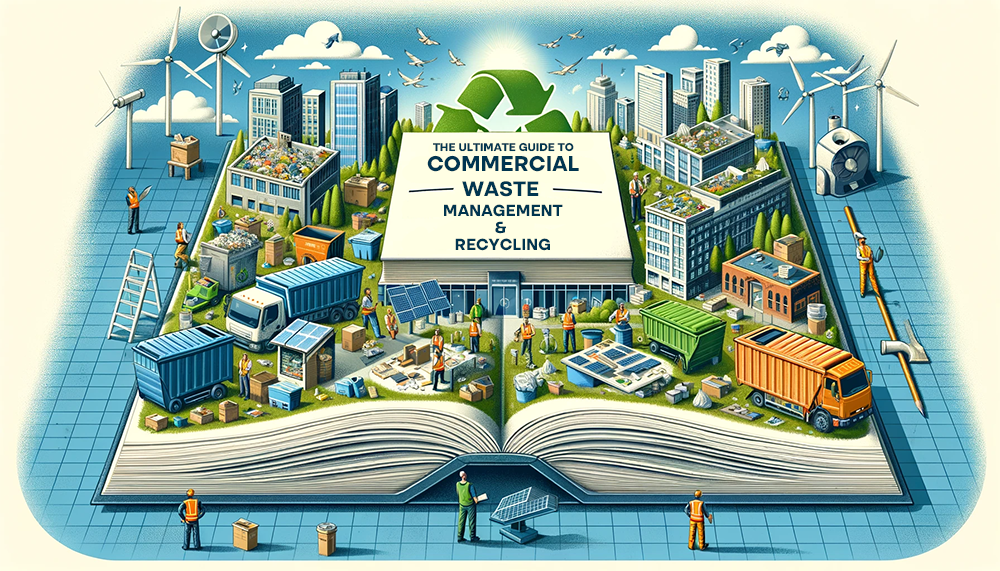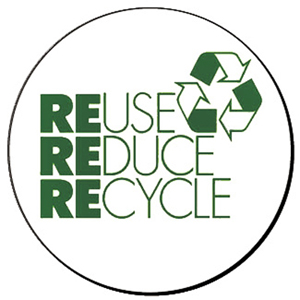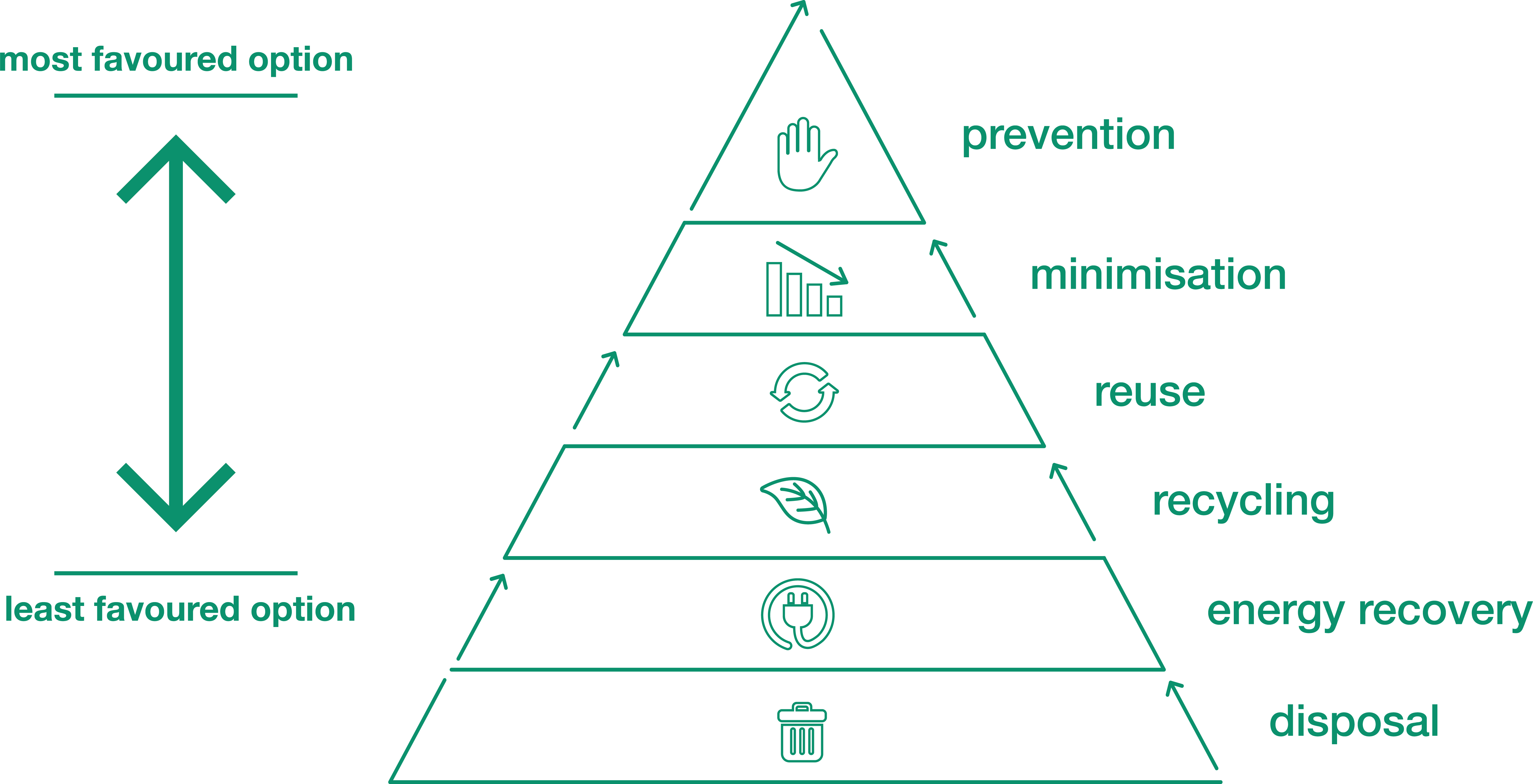Exploring Various Kinds Of Waste in Modern Waste Monitoring Solution
The modern landscape of waste management involves browsing an intricate range of waste kinds, each requiring specialized handling and disposal approaches to alleviate environmental influences. Local solid waste, contaminated materials, electronic waste, and organic waste each present distinctive difficulties and chances for resource recuperation. Ingenious services such as clever waste bins and waste-to-energy modern technologies are arising as crucial devices in improving effectiveness and sustainability. Recognizing these waste types is necessary for promoting public understanding and encouraging energetic involvement in lasting methods. What techniques can efficiently resolve these diverse sorts of waste while advertising a circular economic situation?
Municipal Solid Waste
Community strong waste, typically described as family garbage or waste, includes a selection of disposed of materials generated by property, industrial, and institutional sources within a town. This waste stream usually consists of products such as product packaging, food scraps, yard trimmings, paper, plastics, fabrics, and discarded house goods. The administration of community strong waste is an essential element of city preparation and public health, requiring efficient collection, transport, and disposal systems.
Efficient waste administration systems are developed to reduce environmental impact while taking full advantage of resource healing. This commonly involves a mix of strategies including recycling, composting, and landfilling. Recycling programs target products like paper, glass, steels, and particular plastics, diverting them from land fills and reestablishing them right into the manufacturing cycle. Composting natural waste, such as food scraps and backyard trimmings, not just reduces land fill usage but also produces beneficial dirt changes.
Municipalities need to likewise address the logistical and financial difficulties associated with waste administration. Carrying out pay-as-you-throw systems, improving public understanding, and purchasing technology can dramatically improve waste diversion prices. By integrating these practices, municipalities can cultivate lasting communities, decrease greenhouse gas emissions, and save natural deposits.
Contaminated Materials

Reliable harmful waste management entails several crucial steps: identification, treatment, disposal, and partition. Recognition entails the category of waste based on its hazardous residential or commercial properties. Segregation guarantees that harmful materials are saved individually from non-hazardous waste to avoid cross-contamination. Treatment techniques, such as chemical neutralization, incineration, and stablizing, are utilized to minimize the poisoning, quantity, or mobility of the waste. Ultimately, disposal alternatives, consisting of protected land fills and underground storage space, are chosen to guarantee long-lasting containment.
Regulative frameworks, such as the Source Preservation and Healing Act (RCRA) in the United States, supply guidelines and criteria for harmful waste administration. Adherence to these regulations, paired with advancements in waste therapy modern technologies, is important in reducing the threats associated with harmful waste.
Digital Waste
Digital waste, frequently referred to as e-waste, represents a rapidly growing challenge in waste monitoring systems globally. This sort of waste includes Learn More discarded electronic devices and devices such as mobile phones, computer systems, tvs, and various other digital appliances. The fast pace of technological advancement, coupled with decreasing product life-spans and consumer need for the current devices, has greatly boosted the quantity of e-waste created annually.
E-waste is especially bothersome because of its intricate composition, frequently having hazardous compounds like mercury, lead, and cadmium, which posture significant environmental and wellness dangers if not correctly managed. Alternatively, e-waste additionally contains valuable materials such as copper, silver, and gold, which can be recouped and reused. The twin nature of e-waste-- both important and harmful-- necessitates specialized handling, reusing, and disposal processes.
Efficient e-waste monitoring entails stringent governing structures, robust collection systems, and advanced recycling innovations. Public understanding and involvement are essential, as inappropriate disposal techniques, such as illegal dumping and informal recycling, aggravate environmental contamination and carcinogen. Improving e-waste monitoring techniques is essential for mitigating ecological impact and recovering valuable resources in a progressively digital globe.

Organic Waste
Organic waste, making up kitchen scraps, backyard trimmings, and agricultural deposits, represents a significant part of the global waste stream. This kind of waste is eco-friendly, implying it can be broken down by microorganisms right into simpler natural substances. Regardless of its potential for all-natural disintegration, inappropriate management of natural waste can lead to adverse environmental effects, consisting of the emission of greenhouse gases such as methane, which add to environment modification.
Effective monitoring of natural waste is essential for lessening these ecological effects (recycling lives services). Composting is an extensively adopted technique, changing natural waste right into nutrient-rich compost that can improve soil health and wellness and farming efficiency. Furthermore, anaerobic digestion is an emerging innovation that transforms natural waste right into biogas, a renewable power source, and digestate, which can be made use of as plant food
Municipalities and waste monitoring entities need to apply durable organic waste collection and treatment programs to make the most of the advantages of these procedures. Public education and learning projects can also play a crucial role in encouraging homes and businesses to different organic waste from various other kinds of waste. By prioritizing the monitoring of natural waste, societies can decrease land fill usage, lower greenhouse gas emissions, and produce useful results for agricultural usage.

Cutting-edge Waste Administration
In the realm of waste administration, ingenious approaches are changing exactly how societies handle their refuse, aiming for sustainability and performance. One prominent advancement is the application of clever waste bins equipped with sensing units that monitor fill levels and optimize collection courses.
An additional significant article source development is the fostering of waste-to-energy (WtE) technologies. By transforming non-recyclable waste into useful power with processes such as incineration and anaerobic food digestion, WtE decreases land fill worry and offers a renewable energy resource. Additionally, improvements in chemical reusing enable the malfunction of complex plastics right into their original monomers, allowing the creation of new, top quality plastic items.
Moreover, the circular economic situation model is gaining grip, emphasizing the design of products and systems that focus on reusability and resource effectiveness. This alternative approach motivates sectors to decrease waste generation from the outset. With these cutting-edge methods, modern-day waste monitoring systems are not just dealing with the immediate difficulties of waste disposal but likewise leading the way for a much more lasting future.
Final Thought
An extensive understanding of metropolitan strong waste, dangerous waste, digital waste, and organic waste, coupled with the application of innovative waste management solutions, is imperative for reducing ecological influences. Incorporating innovations such as clever waste bins and waste-to-energy systems can improve performance and sustainability. Effective waste management techniques not only foster resource recovery yet additionally promote public recognition and participation, inevitably adding to the development of a circular economic situation.
The contemporary landscape of waste administration includes navigating an intricate selection this hyperlink of waste types, each needing specialized handling and disposal techniques to reduce ecological influences. Municipal solid waste, unsafe waste, digital waste, and natural waste each existing unique difficulties and opportunities for source recuperation.Electronic waste, typically referred to as e-waste, stands for a quickly growing challenge in waste administration systems internationally. Via these cutting-edge approaches, modern-day waste management systems are not only resolving the instant challenges of waste disposal but additionally paving the way for a more lasting future.
A detailed understanding of community solid waste, harmful waste, digital waste, and natural waste, combined with the implementation of ingenious waste management services, is critical for alleviating ecological effects. (recycling lives services)